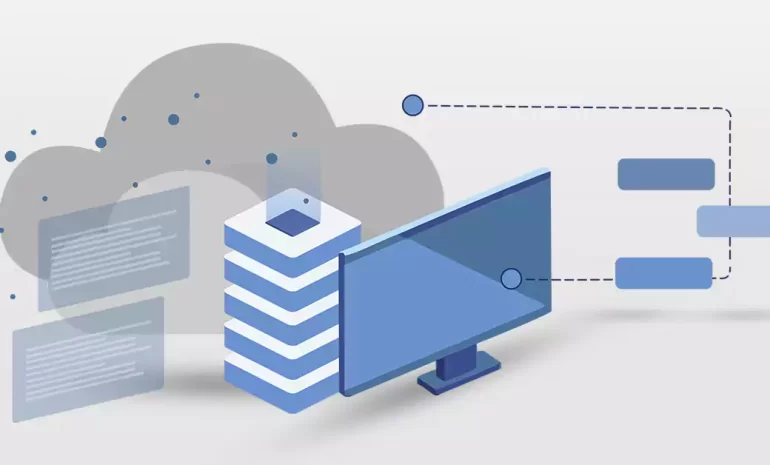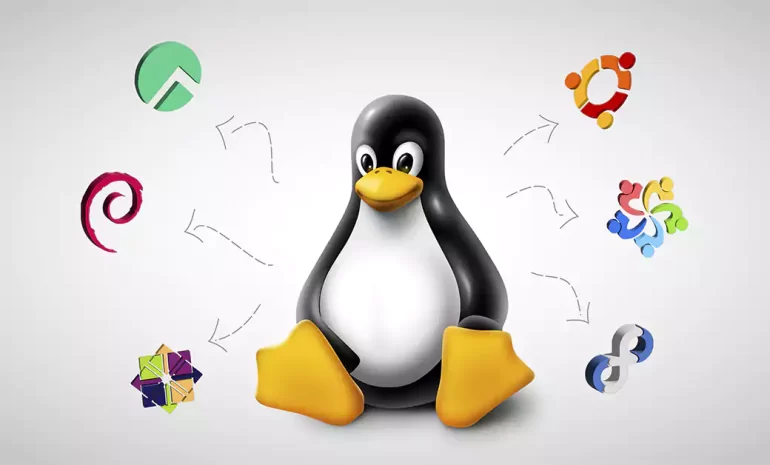
![post-thumbnail Top 10 Programming Languages 2023 [Infographic] - NeuronVM Blog](https://blog.neuronvm.com/wp-content/uploads/2023/12/index-Top-10-popular-programming-languages-in-2023-770x465.webp)
![Top 10 Programming Languages 2023 [Infographic] - NeuronVM Blog](https://blog.neuronvm.com/wp-content/themes/bnvm/assets/images/like2.svg)
![Top 10 Programming Languages 2023 [Infographic] - NeuronVM Blog](https://blog.neuronvm.com/wp-content/themes/bnvm/assets/images/like3.svg)
![Top 10 Programming Languages 2023 [Infographic] - NeuronVM Blog](https://blog.neuronvm.com/wp-content/themes/bnvm/assets/images/comment2.svg)
![Top 10 Programming Languages 2023 [Infographic] - NeuronVM Blog](https://blog.neuronvm.com/wp-content/themes/bnvm/assets/images/share.svg)
![Top 10 Programming Languages 2023 [Infographic] - NeuronVM Blog](https://blog.neuronvm.com/wp-content/themes/bnvm/assets/images/print.svg)
In the year and times we live in, programming languages play a crucial role in shaping the digital landscape. The top 10 programming languages are constantly evolving, driven by their popularity and demand. These languages possess unique features, extensive libraries, and offer robust frameworks, making them the go-to choices for developers worldwide. Here we will help you explore the top 10 programming languages in 2023 with an eye-catching infographic provided for you by our specialists.
Before that, let’s take a quick look on what really impact a programming language be so popular and useful like the ones that are on our list.
One key factor contributing to the popularity of these top 10 programming languages is their versatility and applicability across a broad range of domains. Languages like Python, JavaScript, and Java rank high due to their widespread adoption and extensive community support, enabling developers to build various applications across web development, data analysis, artificial intelligence, and more. This popularity leads to a larger talent pool, extensive online resources, and a vibrant ecosystem of libraries and frameworks.
When examining the difficulty level of these languages, some are generally considered easier for beginners to grasp. Python, known for its simple syntax and readability, is often labeled as a beginner-friendly language. However, more complex languages like C++ and Rust offer unparalleled performance and control, attracting experienced developers seeking intricate functionalities.
The choice of programming language also influences developers’ income. Languages such as JavaScript, Python, and Java often pay well due to their wide-ranging applications and high-demand skillsets. However, niche languages like Go may offer competitive salaries due to their scarcity and specialization in certain domains. The complexity, demand, and rarity of these languages often contribute to higher income opportunities.
Additionally, the timeline for becoming proficient in a programming language varies for each individual. The availability of learning resources, community support, and personal dedication greatly influence the time required to master a language. Some may opt for languages with quicker learning curves, like Python or JavaScript, allowing for faster development and shorter project timelines. On the other hand, more complex languages like C may require a longer investment in learning but can provide superior performance and optimization capabilities.
In conclusion, the top 10 programming languages owe their popularity to their versatility, vast community support, and extensive libraries. The choice of language also impacts income, influenced by demand and rarity. Lastly, the timeline for proficiency varies based on the language’s learning curve and personal dedication. Remaining up-to-date with the ever-evolving landscape of programming languages is essential for developers to stay competitive in the thriving tech industry.
*Note: Please download the PDF file for the maximum quality.
How useful was this post?
Click on a star to rate it!
Average rating 5 / 5. Vote count: 4
No votes so far! Be the first to rate this post.
![Top 10 Programming Languages 2023 [Infographic] - NeuronVM Blog](https://blog.neuronvm.com/wp-content/themes/bnvm/assets/images/hashtag.svg) Tags
Tags

Cloud computing has emerged as a game-changing technology in the field of information technology. It...



 Tags
Tags

Linux distributions have gained significant popularity over the years, offering a robust and flexibl...



 Tags
Tags
What is your opinion about this Blog?
![Top 10 Programming Languages 2023 [Infographic] - NeuronVM Blog](https://blog.neuronvm.com/wp-content/themes/bnvm/assets/images/mail.svg)
![Top 10 Programming Languages 2023 [Infographic] - NeuronVM Blog](https://blog.neuronvm.com/wp-content/themes/bnvm/assets/images/facebook.svg)
![Top 10 Programming Languages 2023 [Infographic] - NeuronVM Blog](https://blog.neuronvm.com/wp-content/themes/bnvm/assets/images/x.svg)
![Top 10 Programming Languages 2023 [Infographic] - NeuronVM Blog](https://blog.neuronvm.com/wp-content/themes/bnvm/assets/images/instagram.svg)
![Top 10 Programming Languages 2023 [Infographic] - NeuronVM Blog](https://blog.neuronvm.com/wp-content/themes/bnvm/assets/images/linkedin.svg)
![Top 10 Programming Languages 2023 [Infographic] - NeuronVM Blog](https://blog.neuronvm.com/wp-content/themes/bnvm/assets/images/pinterest.svg)


